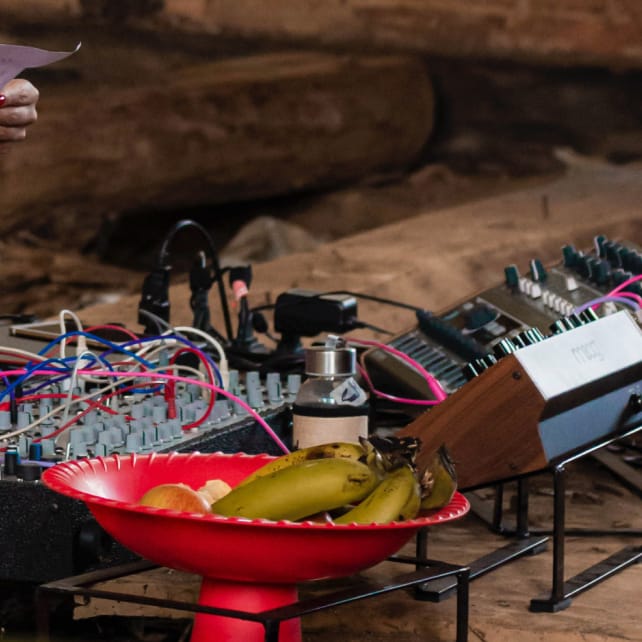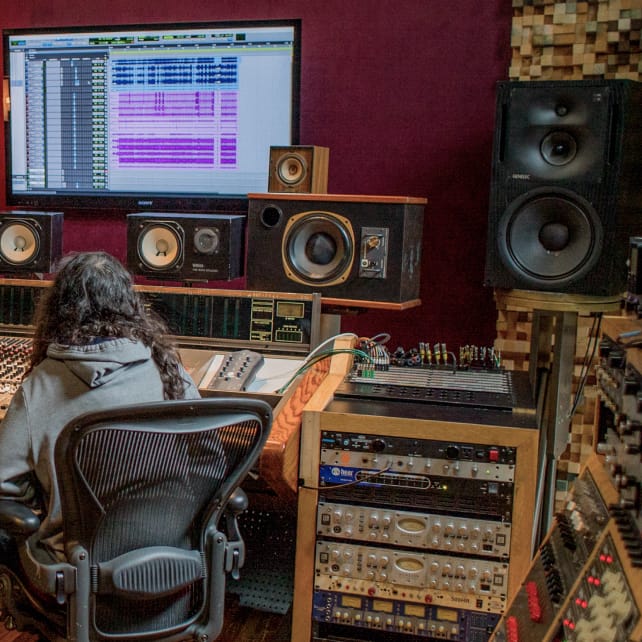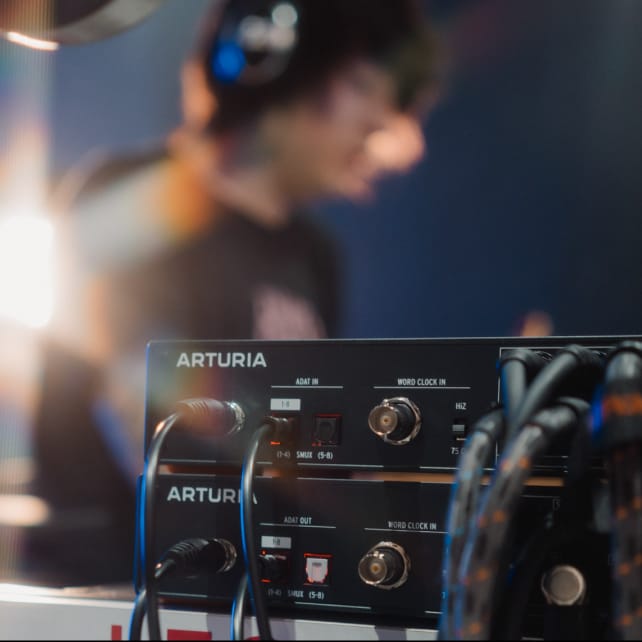
SUPPORT / FAQ
Scale up monitoring
Connect additional speakers for multi-point monitoring or surround sound speaker arrays for immersive audio projects, film and TV.

Synth control
Send CV signals to your synths via DC-coupled outputs. This enables precise automation of parameters such as pitch, filter cutoff, and modulation directly from your DAW.

Outboard FX routing
Easily route audio from your DAW to outboard processors, such as compressors, equalizers, or reverb units, and back into your DAW to leverage both digital and analog processing.

Broadcast and streaming
Send separate audio mixes to different broadcast or streaming devices, enabling versatile routing for live streaming, internet radio, or video productions.

